What Is The Best Pasta Maker Machine
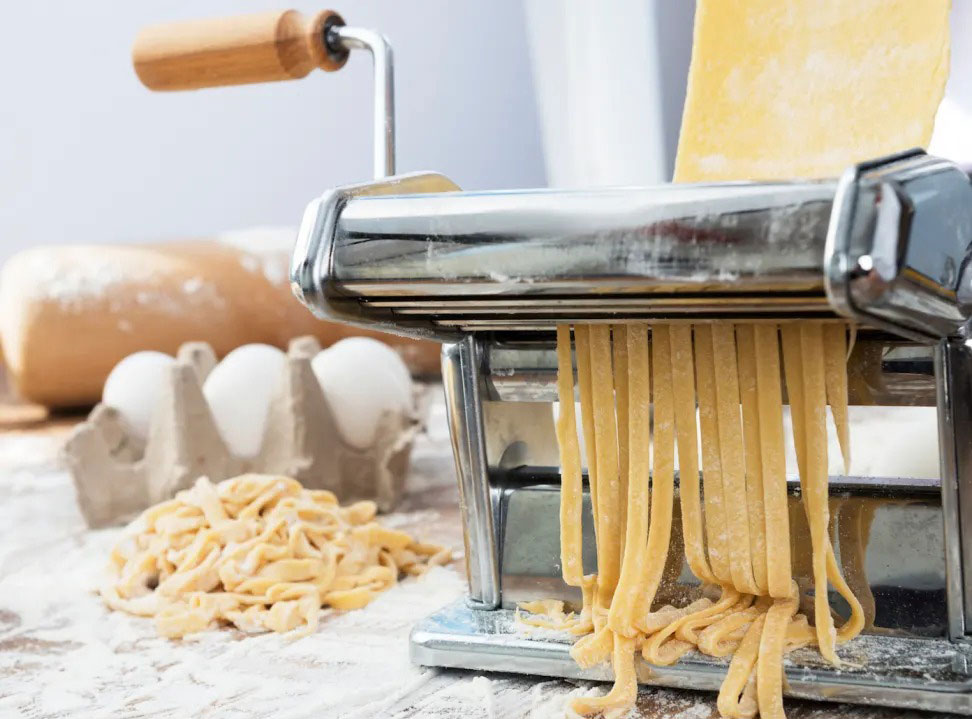
Introduction: Unveiling the Secrets to the Perfect Pasta Maker
The allure of homemade pasta is undeniable — fresh, flavorful, and undeniably superior to store-bought options. However, the key to perfect pasta lies not just in the ingredients but in the machine that rolls and cuts the dough. A pasta maker machine is an indispensable tool for both seasoned chefs and home cooks, offering the ability to craft pasta with unparalleled precision and texture. But with countless options on the market, how do you find the best pasta maker machine for your needs? This comprehensive guide explores the types, features, and factors to consider when choosing the perfect pasta maker, ensuring that every batch of pasta you make is a culinary masterpiece.
Understanding the Types of Pasta Makers
When it comes to pasta makers, there are primarily two categories: manual and electric. Each type offers its own set of advantages, and choosing between the two depends on your preferences, cooking style, and available space.
Manual vs. Electric: Which is Right for You?
Manual pasta makers are powered by hand, requiring the user to turn a crank to feed the dough through the rollers. This option offers a more traditional, hands-on approach, which many cooking enthusiasts enjoy. Electric pasta makers, on the other hand, take the effort out of the process by automatically feeding and rolling the dough. While manual machines offer greater control and a more authentic experience, electric models appeal to those who want speed and ease.
The Pros and Cons of Hand-Cranked Pasta Makers
Hand-cranked pasta makers are perfect for those who enjoy the ritual of making pasta from scratch. They offer greater control over the dough’s texture and thickness and require little maintenance. However, they do require physical effort, especially for larger batches, and may not be suitable for those who struggle with manual dexterity. Additionally, hand-cranked machines can be slower, limiting their convenience in busy kitchens.
Electric Pasta Machines: Convenience and Speed
Electric pasta makers provide the convenience of automated pasta-making. These machines can produce pasta in a fraction of the time it takes to manually crank the dough. They are particularly useful for individuals who plan to make pasta regularly or in large quantities. The downside is that they are typically bulkier and more expensive than their manual counterparts. However, for those who prioritize convenience and speed, electric pasta machines are an invaluable addition to the kitchen.
Key Features to Look for in a Pasta Maker
When selecting a pasta maker, there are several essential features to consider to ensure you’re getting the best machine for your needs. From build quality to adjustability, each element contributes to the overall performance and longevity of the pasta maker.
Build Quality: Why Materials Matter
The materials used in a pasta maker directly affect its durability and performance. High-quality stainless steel is the gold standard for pasta makers, as it resists rust, corrosion, and wear over time. A well-built machine will withstand the pressure of rolling thick dough and produce consistent results with each use.
Roller Width and Thickness Adjustments
Adjustable rollers are crucial for achieving the right thickness of pasta. The best pasta makers offer a range of settings, allowing you to customize the thickness of your dough to suit different pasta types. Whether you're making delicate ravioli or hearty fettuccine, an adjustable roller ensures you can achieve the perfect consistency every time.
Cutter Attachments: Versatility in Pasta Shapes
Many pasta machines come with interchangeable cutter attachments, allowing you to make various types of pasta, from spaghetti to lasagna. Some models include additional attachments for specialty pasta shapes, such as rigatoni or pappardelle. The more versatile your machine, the greater your pasta-making potential.
Motorized Functions: Are They Worth the Investment?
Motorized pasta machines can be a game-changer, offering hands-free operation and allowing you to focus on other aspects of cooking. While these machines are generally more expensive, they are highly convenient and make the process faster and less labor-intensive. For those who plan to use their pasta maker frequently, the investment in a motorized machine is often worthwhile.
Top Pasta Makers for Home Use
When it comes to pasta makers for home use, a few models stand out for their performance, ease of use, and value. These machines range from manual hand-cranked models to high-end electric versions, each designed to meet specific cooking needs.
The Best Manual Pasta Makers: Compact and Classic
Manual pasta makers are perfect for those who enjoy a traditional pasta-making experience. Models such as the Imperia Pasta Maker or the Marcato Atlas 150 are revered for their quality construction and reliable performance. These machines are compact, easy to store, and ideal for home cooks who want to create fresh pasta from scratch with minimal fuss.
The Top Electric Pasta Makers for Effortless Cooking
Electric pasta makers, such as the Philips Pasta Maker or the CucinaPro Electric Pasta Machine, are designed for convenience and efficiency. These machines quickly knead, roll, and cut the dough, making them a great choice for busy home cooks. Their motorized functions allow for hands-free operation, ensuring a smooth, uninterrupted pasta-making process.
Multi-Function Pasta Makers: Beyond Just Noodles
For those who want a pasta maker that does more than roll and cut dough, multi-function machines are the answer. These machines often come with additional attachments for making other dishes, such as ravioli or gnocchi. The KitchenAid Pasta Roller Attachment and the Atlas 150 are examples of versatile machines that offer both pasta-making and additional cooking options.
Performance Comparison: How Fast and Consistent Are They?
Performance is key when selecting the right pasta maker. How quickly can the machine make pasta? Does it deliver consistent results every time? These are important factors to consider, especially if you're making pasta for large gatherings or special occasions.
Speed: How Quickly Can You Make Pasta?
Manual pasta makers typically require more time to prepare dough, feed it through the rollers, and cut it into shapes. Electric machines, on the other hand, can produce pasta much more quickly. The Philips Pasta Maker, for instance, can knead and extrude fresh pasta in just 10 minutes. If you’re looking for speed, electric machines are your best bet.
Consistency: How Evenly Does the Machine Roll and Cut?
Consistency is one of the most important aspects of pasta-making. A high-quality pasta maker should produce evenly rolled and cut dough, regardless of the pasta shape you’re making. Machines like the Marcato Atlas 150 offer exceptional consistency, with smooth rollers that ensure uniform pasta thickness. Electric machines like the Philips Pasta Maker also excel in delivering even, consistent results with every batch.
Noise Levels: Are Electric Pasta Makers Quiet Enough?
While electric pasta machines are faster, some may be louder than manual models. If noise is a concern, it’s important to choose a machine that operates quietly. Many modern electric pasta makers, including the Philips and CucinaPro models, are designed with noise-reduction features, making them suitable for quieter kitchens.
Ease of Use: Making Pasta with Minimal Effort
The best pasta makers should simplify the process, making it as easy as possible to create fresh, high-quality pasta without overwhelming the cook.
Setup and Installation: Simple Steps to Get Started
Setting up a pasta maker should be straightforward, whether you’re using a manual or electric model. Manual pasta makers generally require minimal setup, typically just attaching the handle and securing the machine to a surface. Electric machines may require initial assembly or attachment of certain parts, but most come with detailed instructions to ensure a hassle-free setup.
Intuitive Controls: Easy-to-Use Features for Beginners
For beginners, intuitive controls are essential. Many modern pasta makers feature user-friendly designs with easy-to-understand buttons or cranks. Electric machines, in particular, are often equipped with preset functions that automatically adjust settings for different pasta shapes.
Cleaning and Maintenance: How Easy Is It to Keep Your Pasta Maker in Top Condition?
Proper cleaning and maintenance are essential for the longevity of your pasta maker. Most manual pasta makers are easy to clean with a brush or cloth, as they typically don’t have many moving parts. Electric models may require more maintenance, particularly the motor and extruder components. Always refer to the manufacturer’s guidelines for the best cleaning practices.
Price Range: Finding the Right Pasta Maker for Your Budget
Pasta makers come in a wide range of prices, from budget-friendly models to high-end, professional-grade machines. Finding the right machine for your needs depends on your budget, how often you plan to use it, and the features you require.
Budget-Friendly Pasta Makers: Good Quality at a Low Cost
For those who want to make pasta at home without breaking the bank, there are several excellent manual pasta makers available. Brands like Marcato and Imperia offer high-quality machines at reasonable prices. These are ideal for home cooks who want an affordable yet reliable option.
Mid-Range Pasta Makers: A Balance Between Price and Performance
Mid-range electric pasta makers, such as the CucinaPro or Philips models, strike a balance between affordability and performance. They offer faster pasta-making capabilities without the steep price tag of high-end models, making them perfect for regular home use.
Premium Pasta Makers: Investing in Quality and Durability
For those who make pasta regularly or want a long-lasting, high-performance machine, premium pasta makers like the Atlas 150 or the KitchenAid Pasta Attachment offer excellent build quality and advanced features. These machines are a true investment for anyone serious about pasta-making.
Brand Reputation and Customer Reviews
Choosing the right brand is essential when purchasing a pasta maker. Established brands with a reputation for quality often offer superior products, and customer reviews can provide valuable insights into a product's performance.
Popular Pasta Maker Brands You Can Trust
Some of the most trusted pasta maker brands include Marcato, Imperia, Philips, and CucinaPro. These companies have a long-standing reputation for producing durable, high-quality pasta makers.
What Real Users Say: Customer Reviews and Feedback
Customer reviews are invaluable when making a purchasing decision. Be sure to read both positive and negative reviews to understand a product's strengths and weaknesses. Many users praise manual pasta makers for their simplicity, while electric pasta makers are often lauded for their speed and ease of use.
Expert Recommendations: Insights from Pasta Makers and Chefs
Expert reviews and recommendations from professional chefs can help guide your decision. Many chefs recommend Marcato and Atlas for their consistent quality, while electric pasta makers like Philips are often favored for their user-friendly features.
Pasta Maker Attachments: Expanding the Possibilities
Attachments allow you to customize your pasta maker to create a variety of pasta shapes and dishes. From ravioli to lasagna, the right attachments can enhance the versatility of your machine.
Best Attachments for Making Different Pasta Shapes
Attachments for spaghetti, fettuccine, or tagliatelle are the most common, but there are many other options available. Specialized cutters for ravioli, lasagna, and pappardelle open up a world of pasta possibilities.
Specialized Attachments for Lasagna, Ravioli, and More
Some pasta makers offer specialized attachments for dishes beyond basic pasta. Ravioli makers, for example, create perfect pockets for filling, while lasagna attachments roll and cut dough into the ideal sheets for layering.
How to Choose Attachments for Versatility and Functionality
When selecting attachments, consider the types of pasta you most frequently make. Choose attachments that offer the shapes and styles of pasta you enjoy, as well as those that provide ease of use and durability.
What to Consider When Buying a Pasta Maker
Choosing the best pasta maker goes beyond the machine itself. Other factors, such as space, frequency of use, and durability, should also be considered.
How Often You Plan to Use the Pasta Maker
If you plan to make pasta frequently, an electric or high-end manual model will be more efficient and durable. Occasional pasta makers may be better suited to budget-friendly options.
Space Considerations: Finding Room for Your Pasta Maker
Pasta machines, particularly electric models, can be bulky. Consider the space available in your kitchen and whether the machine will need to be stored when not in use.
Durability and Warranty: Ensuring Long-Term Satisfaction
A good warranty can provide peace of mind when purchasing a pasta maker. Ensure that the machine you choose is backed by a reliable warranty, especially if it’s an investment.
The Role of Pasta Thickness in Pasta Maker Selection
Pasta thickness is one of the most important factors when making pasta. The right machine should provide a range of thickness settings, so you can achieve the perfect consistency for different pasta types.
Why Pasta Thickness Matters for Different Dishes
The thickness of pasta affects its texture and cooking time. Thin sheets are ideal for delicate pasta like ravioli, while thicker dough is best for hearty dishes like fettuccine.
Machines with Adjustable Thickness for Perfect Results
The ability to adjust the thickness of the dough is essential for achieving the perfect pasta. Look for machines that offer multiple thickness settings to accommodate a wide range of recipes.
How to Achieve Consistent Pasta Thickness Every Time
Ensuring consistent thickness is key to making perfect pasta. Opt for a machine with a reliable adjustment mechanism that allows you to achieve the same thickness each time.
Comparing Pasta Makers for Different Dietary Needs
Gluten-Free Pasta: Which Machine Handles It Best?
Not all pasta makers are suitable for gluten-free dough. Be sure to choose a machine that can handle thicker, stickier gluten-free dough without compromising performance.
Whole Wheat Pasta: Is Your Pasta Maker Equipped for It?
Whole wheat dough is denser than regular pasta dough, so it's important to select a machine capable of handling thicker, heavier ingredients. Look for machines with sturdy rollers and motorized options for smooth operation.
Vegan Pasta: The Best Machines for Plant-Based Options
For vegan pasta, a machine that can handle a variety of plant-based ingredients, such as chickpea flour or other gluten-free substitutes, will be crucial for achieving the desired texture and consistency.
Additional Features to Enhance Your Pasta-Making Experience
Built-In Dough Kneading: Do You Need It?
Machines with built-in dough kneading functions eliminate the need for separate kneading. This feature is particularly useful for those who prefer a fully automated pasta-making experience.
Motorized vs. Manual Pasta Rollers: A Feature Breakdown
Motorized rollers provide speed and efficiency, while manual rollers offer a more hands-on approach. Consider your needs before deciding which type is best for you.
Portability and Storage: How Easy Is It to Store Your Pasta Maker?
Some pasta machines are compact enough to store in a drawer or cupboard, while others require counter space. If storage is a concern, look for lightweight or foldable models.
Pasta Maker FAQs: Answers to Your Most Common Questions
How Long Does a Pasta Maker Last?
The lifespan of a pasta maker depends on its quality, usage, and maintenance. Manual models tend to last longer with minimal care, while electric models require more upkeep.
Can a Pasta Maker Make Different Types of Pasta?
Yes, most pasta makers are versatile enough to make a wide range of pasta types, from spaghetti to ravioli, with the right attachments.
Is It Necessary to Invest in an Expensive Pasta Maker?
Not necessarily. While premium pasta makers offer advanced features and durability, there are many budget-friendly options that can still deliver excellent results.
How to Get the Most Out of Your Pasta Maker
Tips for Perfect Pasta Every Time
Use the correct type of flour, roll the dough evenly, and adjust the machine settings to achieve the ideal thickness for each dish.
Common Mistakes to Avoid When Using a Pasta Maker
Avoid overworking the dough, using too much flour, or cutting pasta unevenly. These common mistakes can result in imperfect pasta.
How to Maintain Your Pasta Maker for Long-Term Performance
Regularly clean the machine, lubricate moving parts, and inspect it for any signs of wear to ensure it continues to function optimally.
Conclusion: Choosing the Best Pasta Maker for Your Kitchen
The best pasta maker machine is one that suits your cooking style, needs, and budget. By considering key features, brand reputation, and performance, you can select a machine that will enhance your pasta-making experience. Whether you prefer a traditional hand-cranked model or a high-tech electric machine, the right pasta maker can bring the art of fresh pasta to your kitchen.
Must-Read Blogs For Chain Restaurants Owner








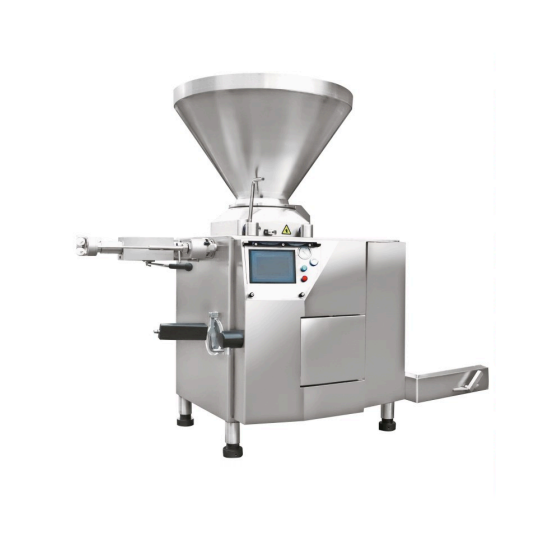
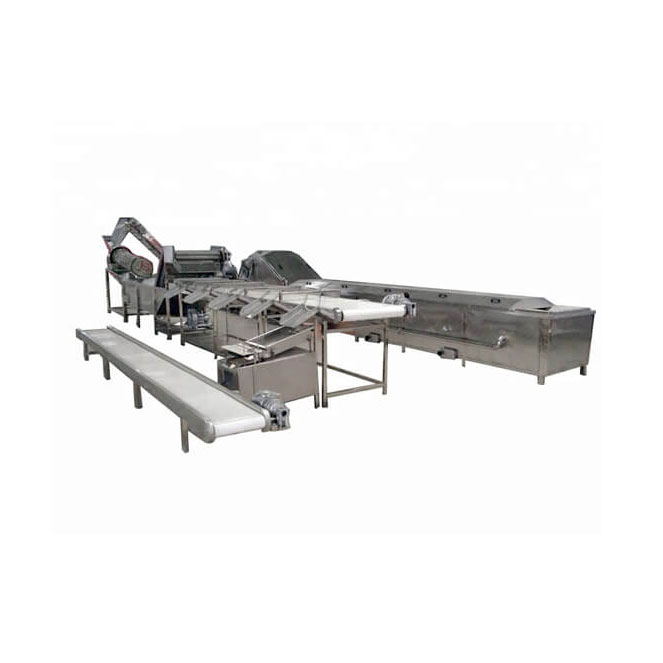
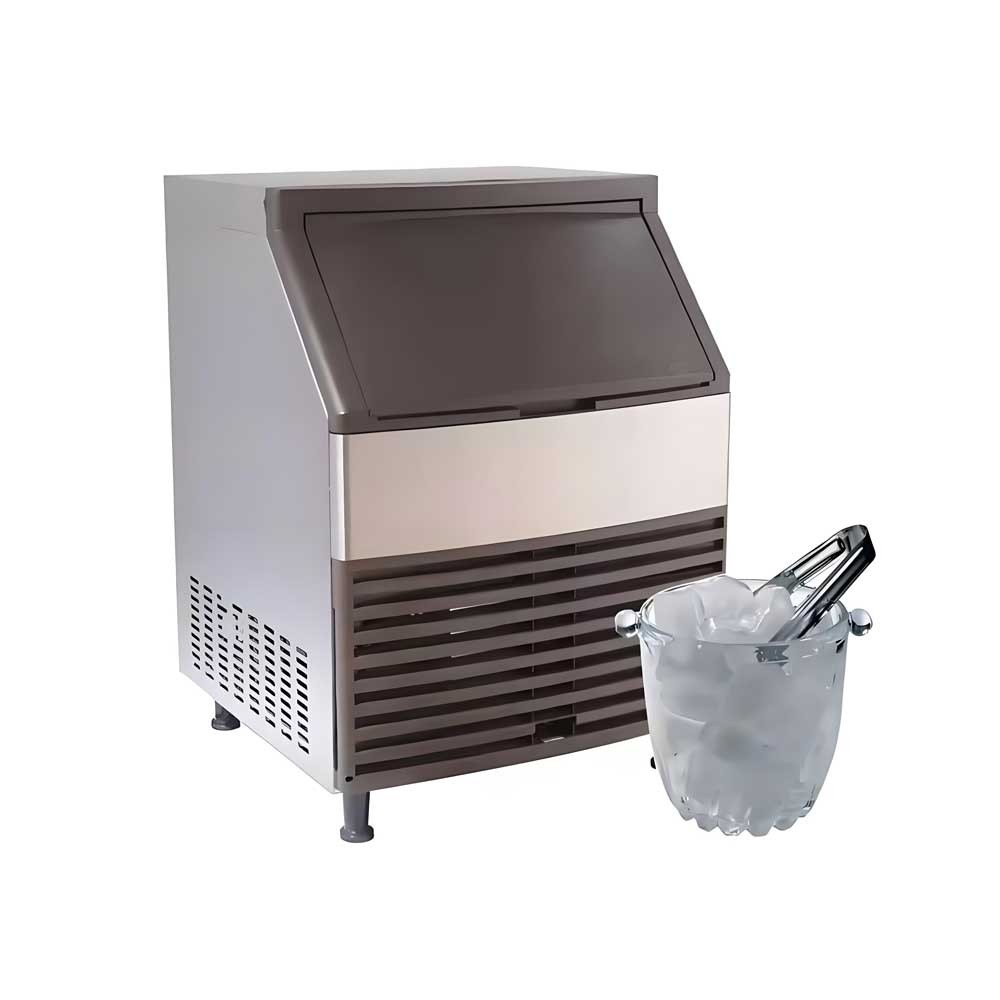
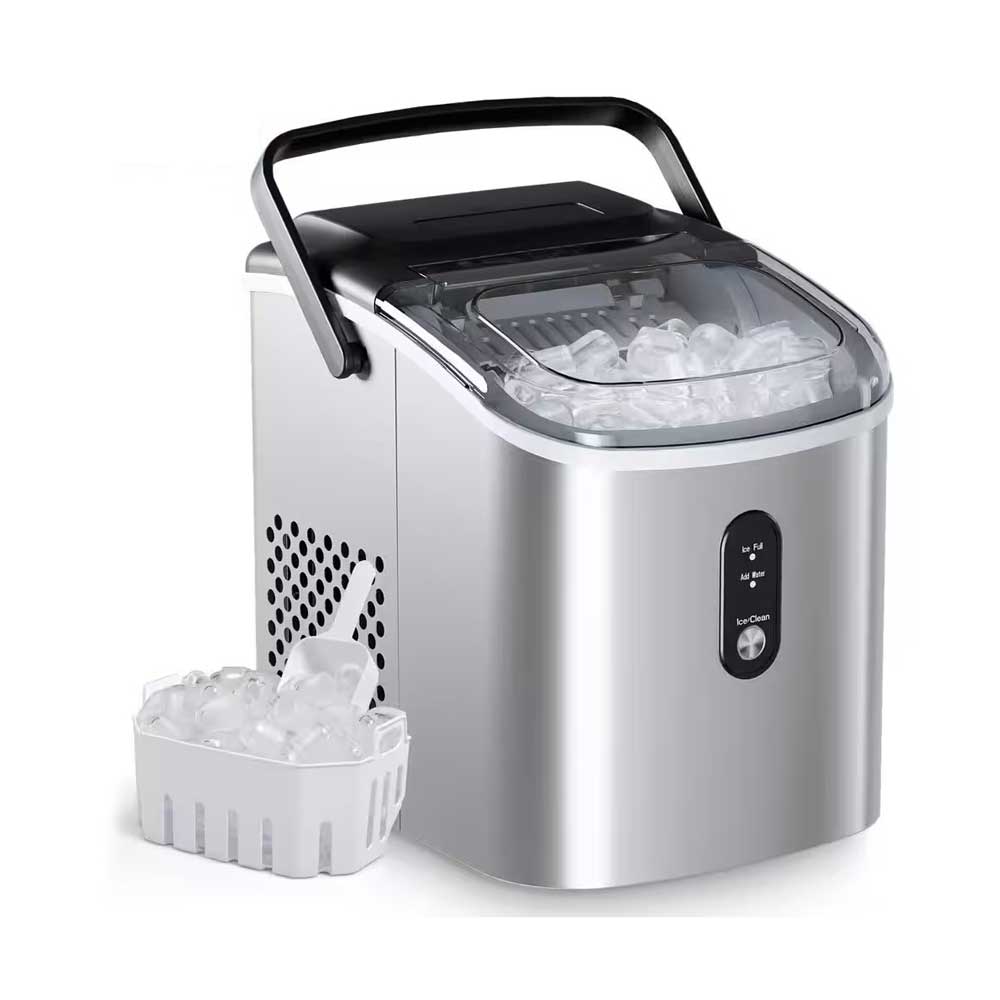 Portable Flake Ice Machine
Portable Flake Ice Machine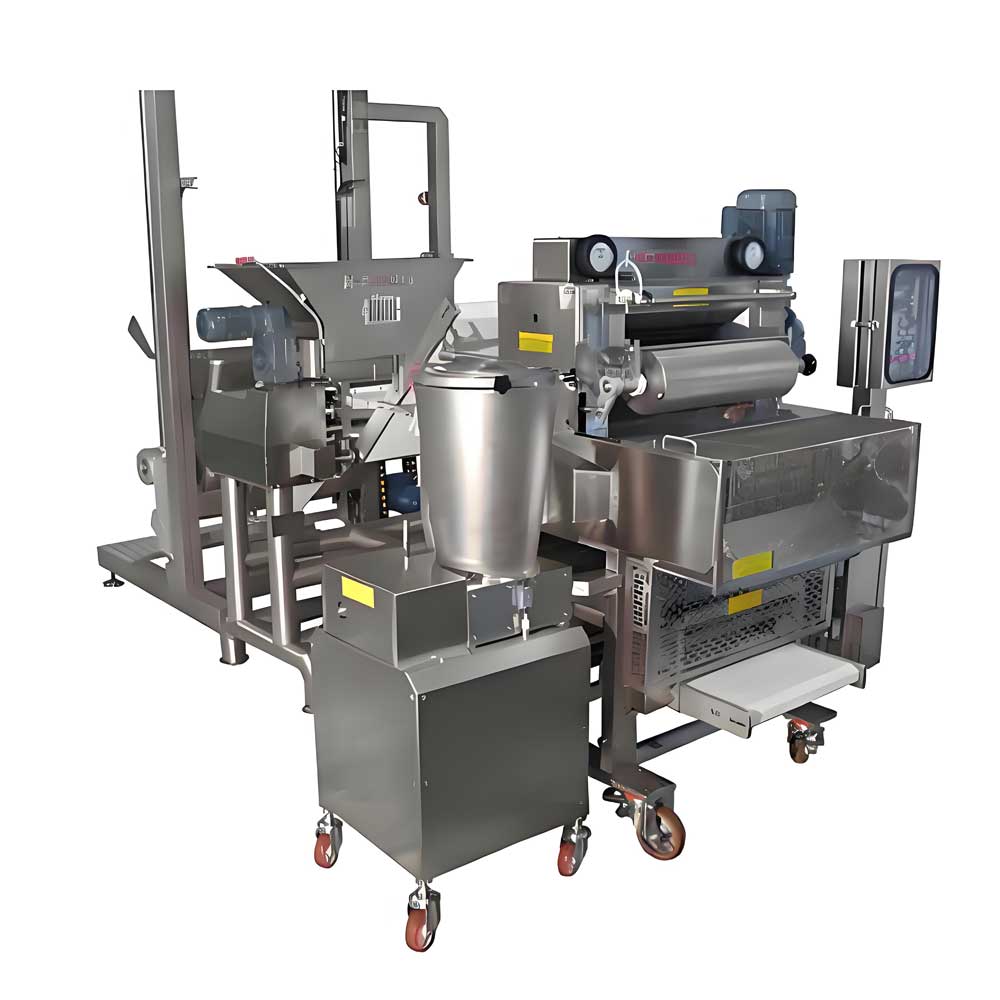 Pelmeni Making Machine
Pelmeni Making Machine
Ready to Get Started?